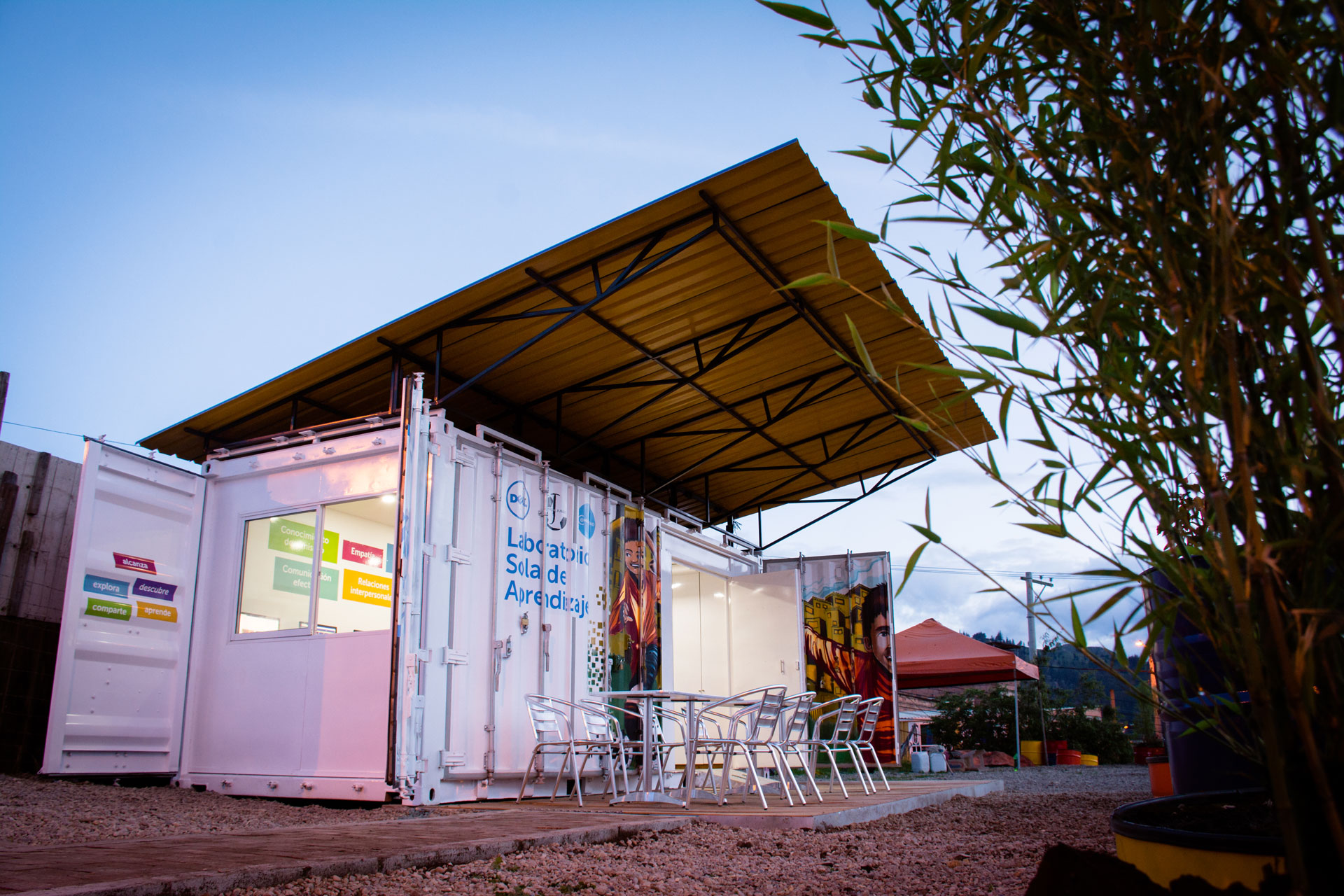Following the in the footsteps of its competitor Samsung, OEM Dell has launched a solar-powered Dell Learning Lab in a South African informal settlement of Diepsloot.
The lab, made up of a big metal container has been set up at the Diepsloot Secondary School, a second of its kind in the Diepsloot area. Dell in partnership with Code 4 Change and Computer Aid has fitted rows of computers inside the container. The lab will serve all the 842 pupils at the school.
Dell Learning Lab is geared towards equipping digital skills to the students while using technology efficiencies to power the lab through solar in a self-sustainable manner. The lab has a dozen computer workstations, all networked ton one another and also have internet access.
“I absolutely love this solution. It’s a fantastic way to not put pressure on a school or rural community in terms of electricity, as this solution is off the grid,” said Natasha Reuben, the Head of Transformation at DEL EMC South Africa. “More importantly, this little container has the potential to do so much. Kids can go in during the day and learn. They can code and play with new technology. In the evening the community has access to it. They can use it to find jobs and research.”
One of the students at the Diepsloot Secondary School, Ntale Mametse, expressed her excitement with the labs: “Technology is forever changing and I think it is important to learn about technology like this. It gets you to think about other careers that you didn’t know about before.”
Dell embarked on this CSR program back in 2014, and so far has 16 such labs spread out across Nigeria, Kenya, and South Africa; with South Africa taking the lion’s share. For the Diepsloot area, this lab is the second from the Dell Learning Lab.
Before establishing a lab in any given region, Dell says they first carefully select an area that will have the greatest impact. Dell partners with other organizations like Sci-Bono and Change The World to identify communities that need these labs the most. For that reason, Dell believes its corporate social investment program will not only succeed but also have a positive impact.
Most corporate social investment programs are said to fail because they use a parachute approach, they build or set up their program and expect the beneficiaries to come. This approach is not necessarily the best, especially when compared to taking the program to where it is convenient for the targeted user can easily access it.




